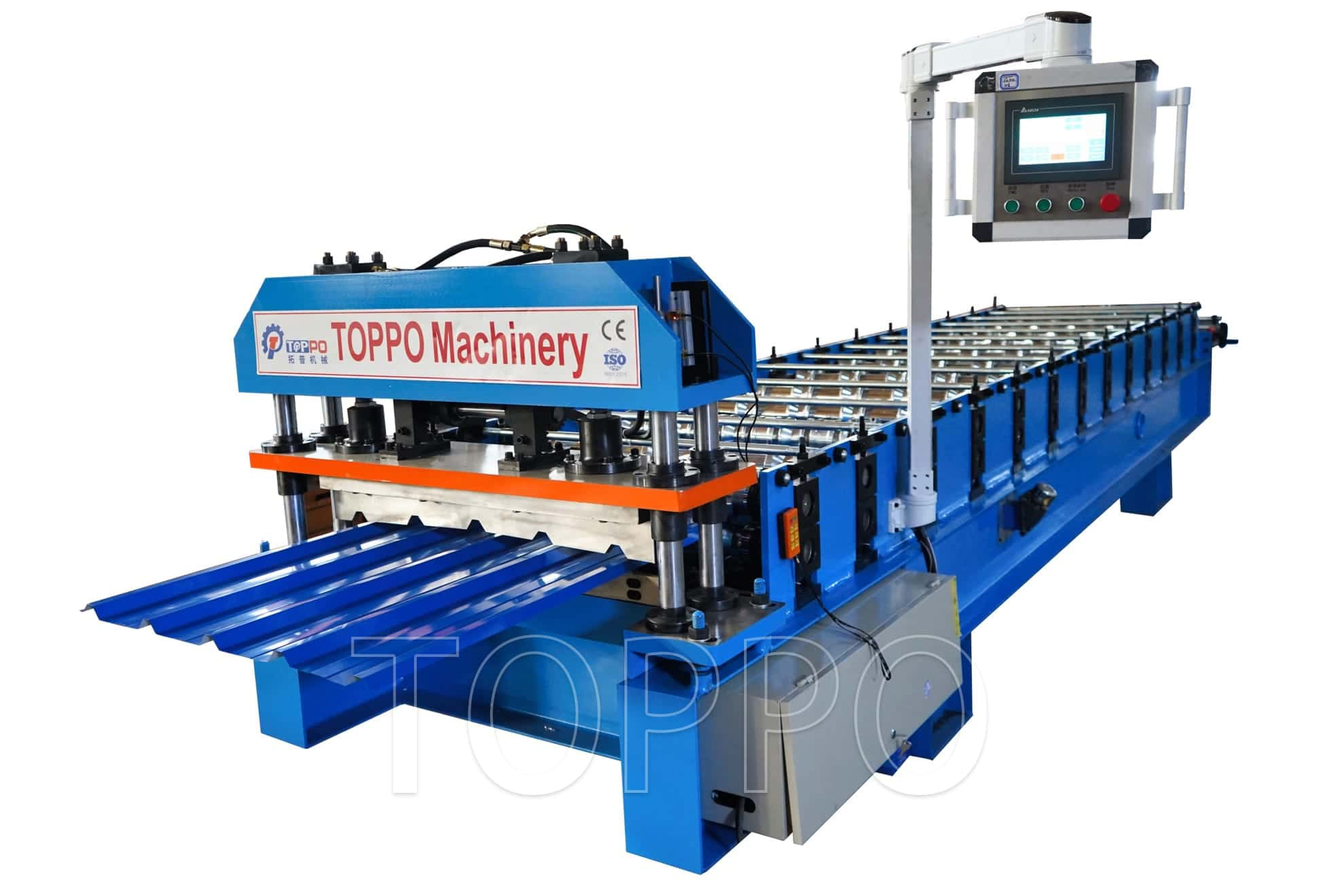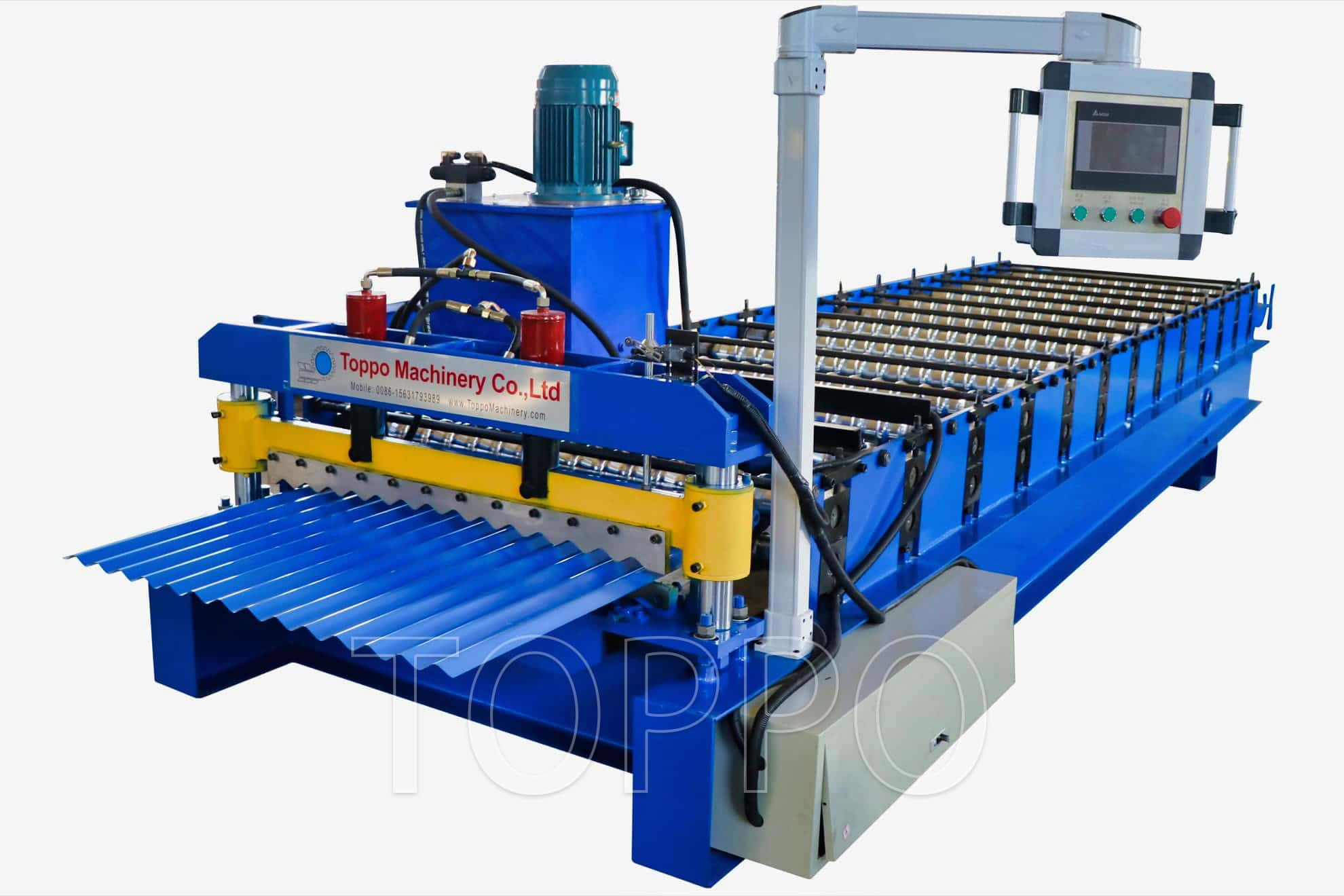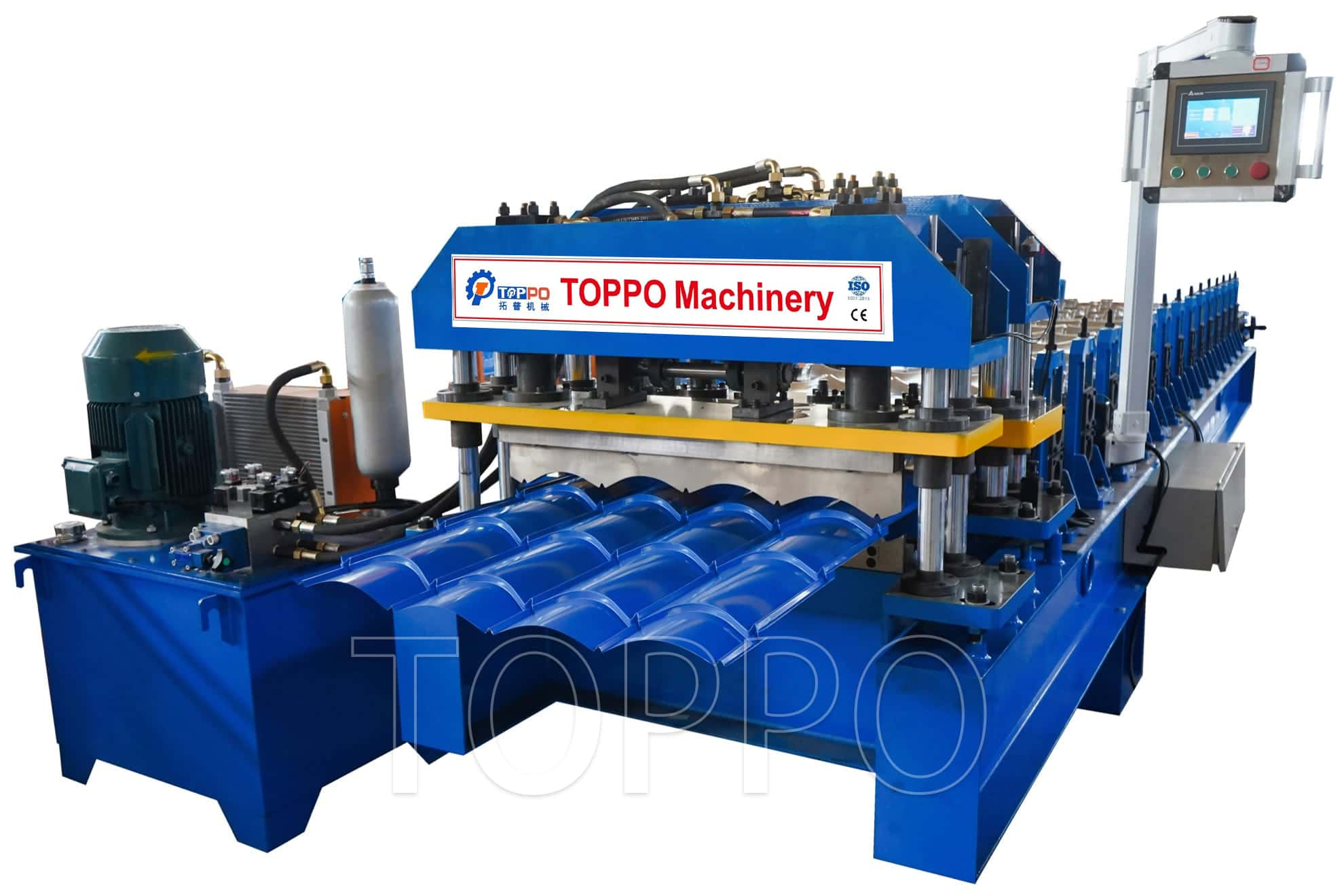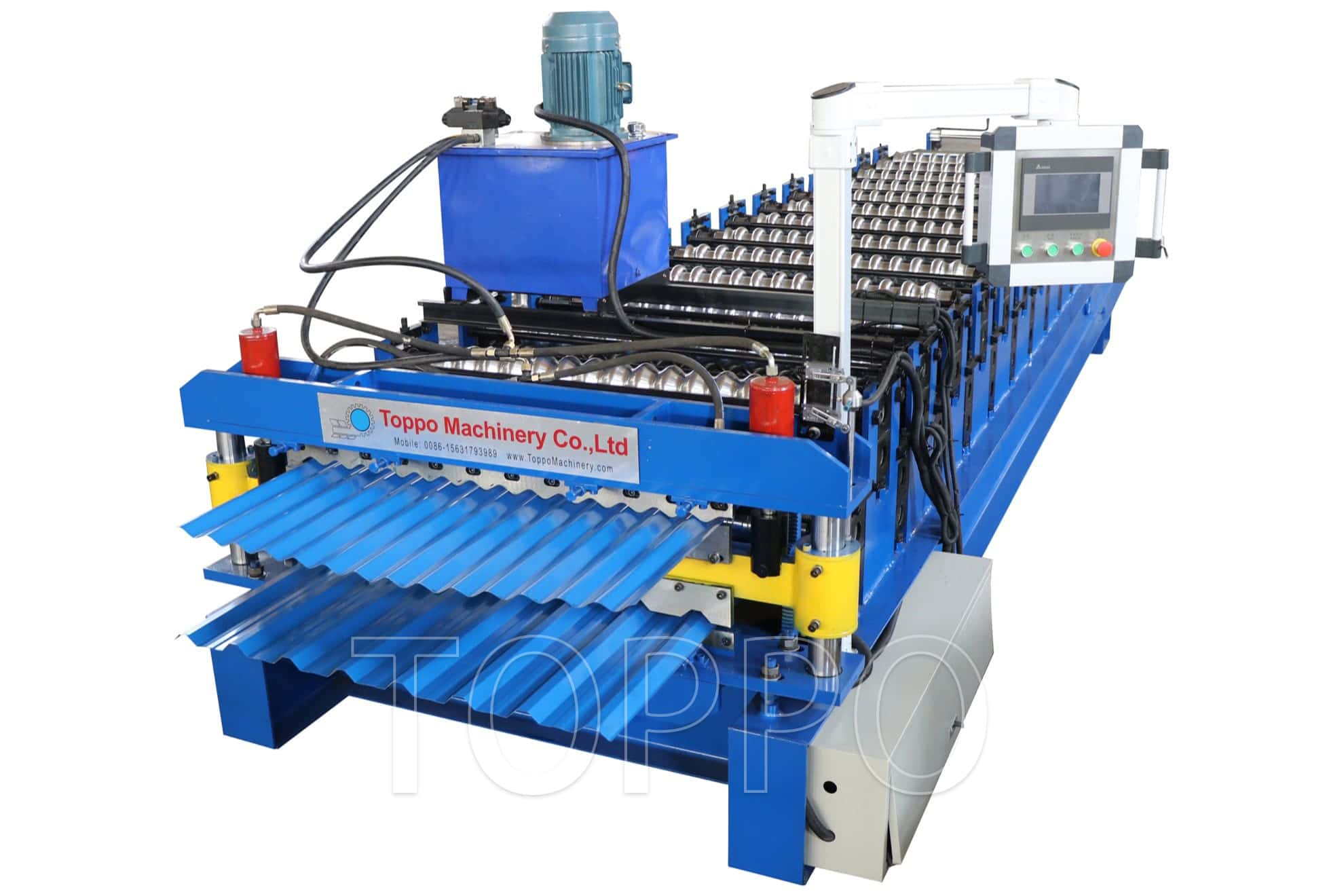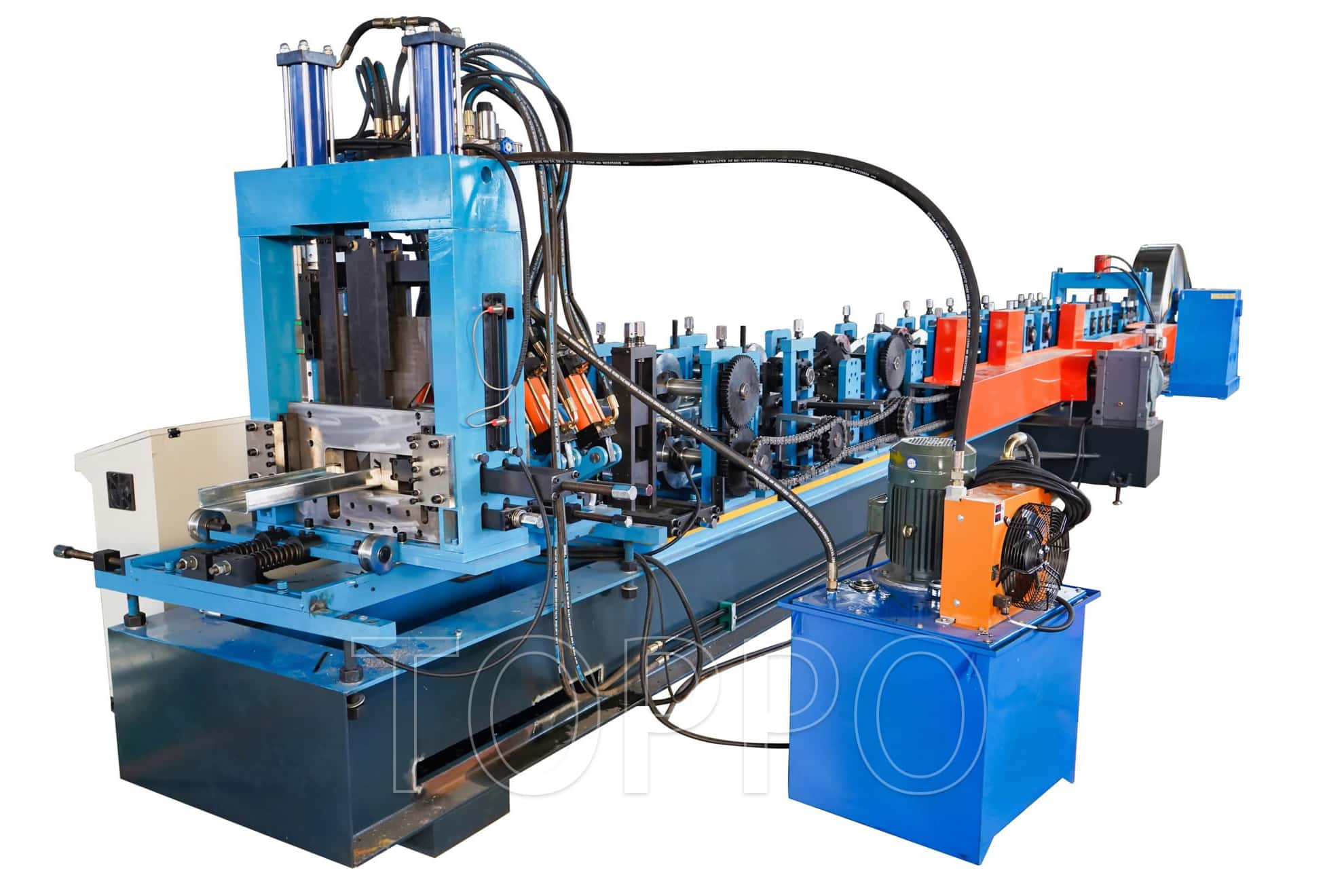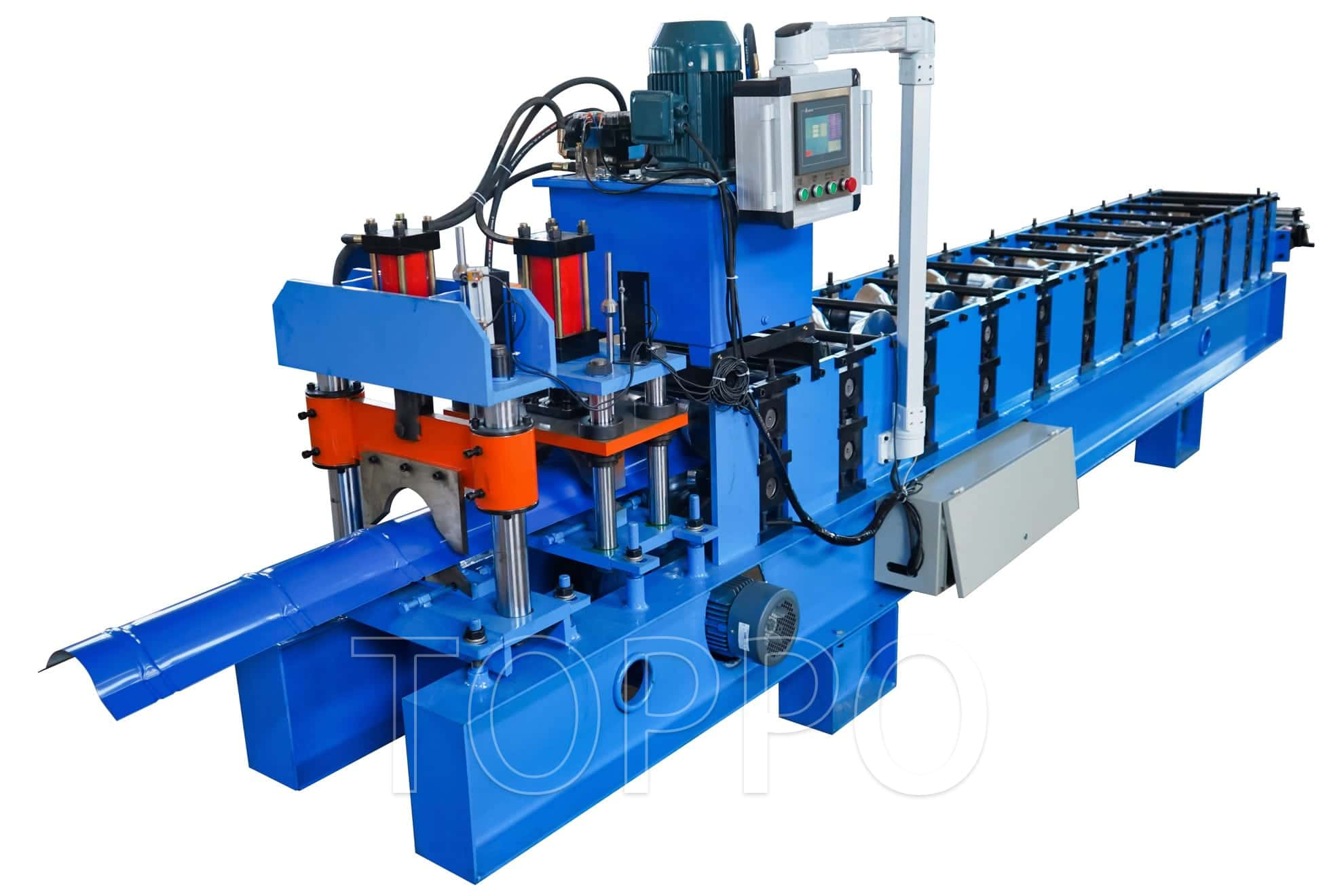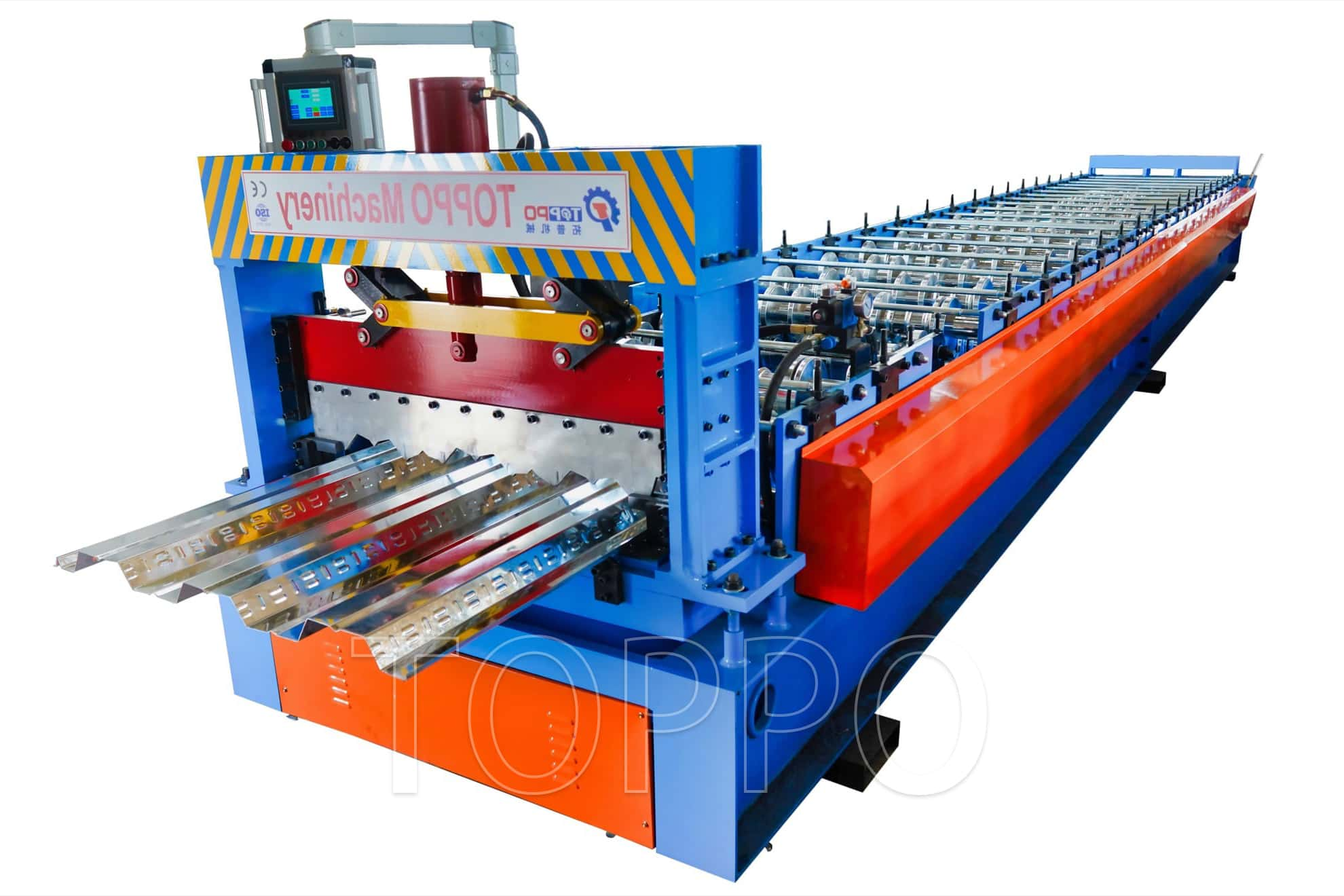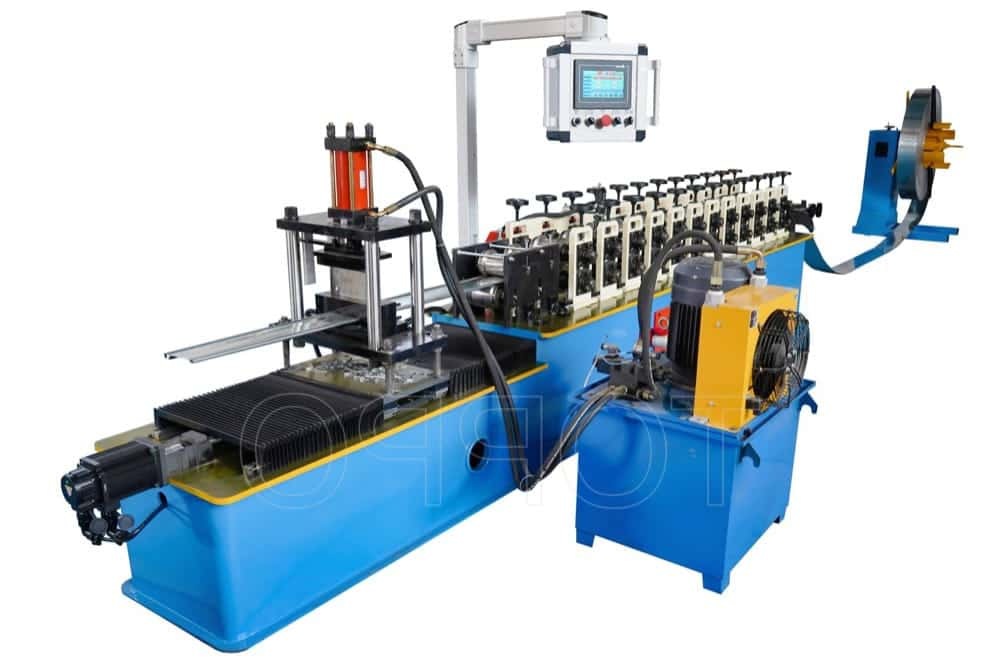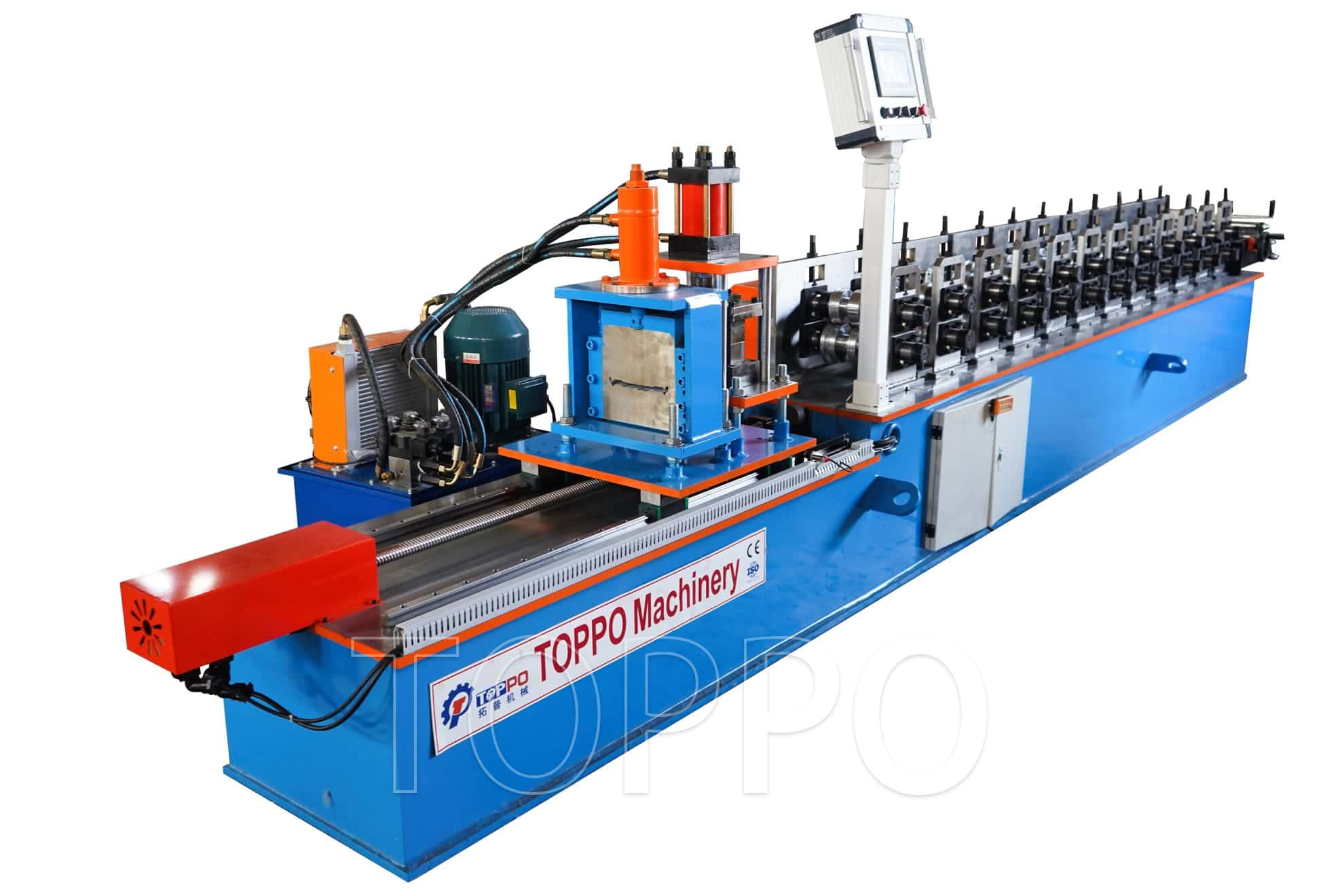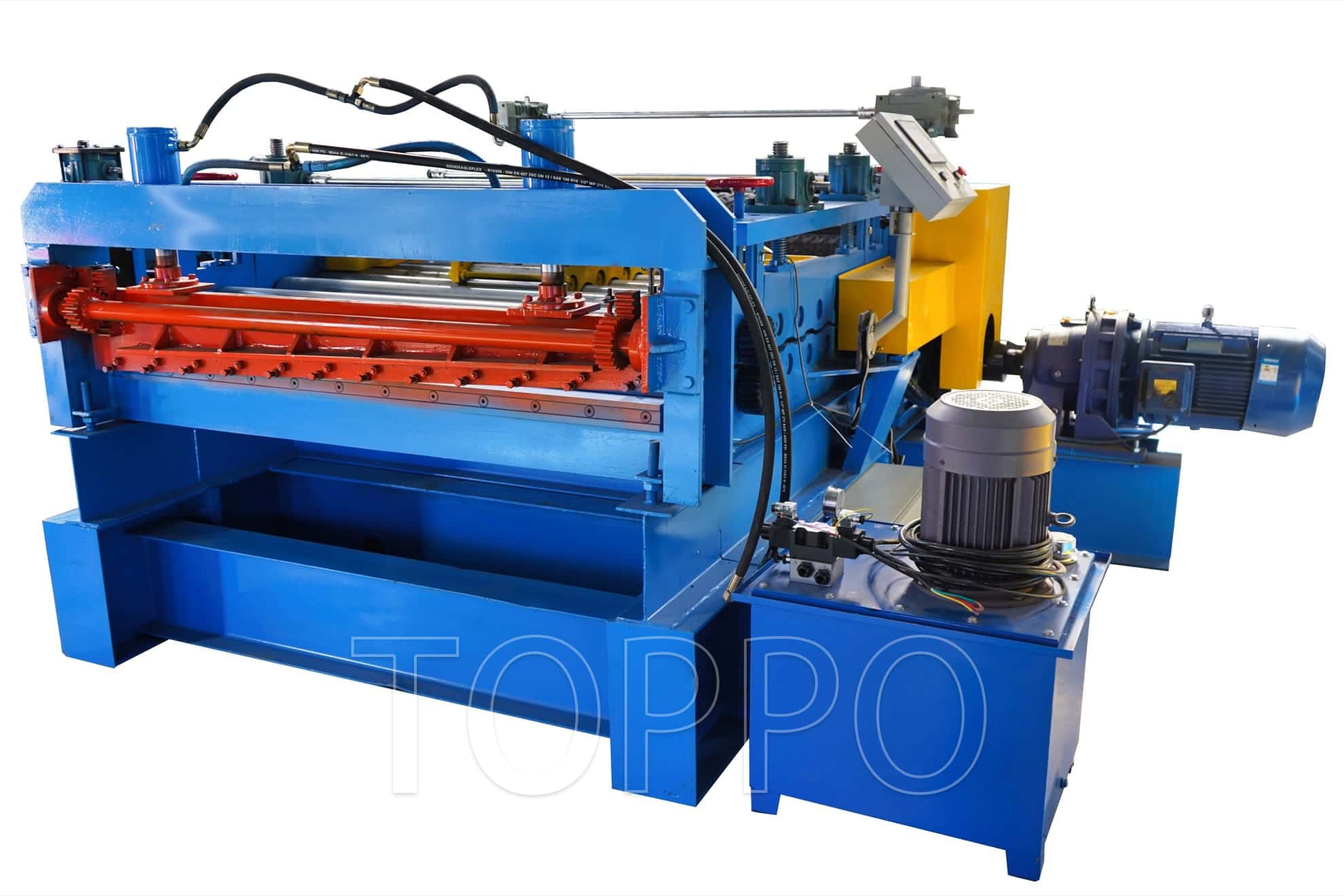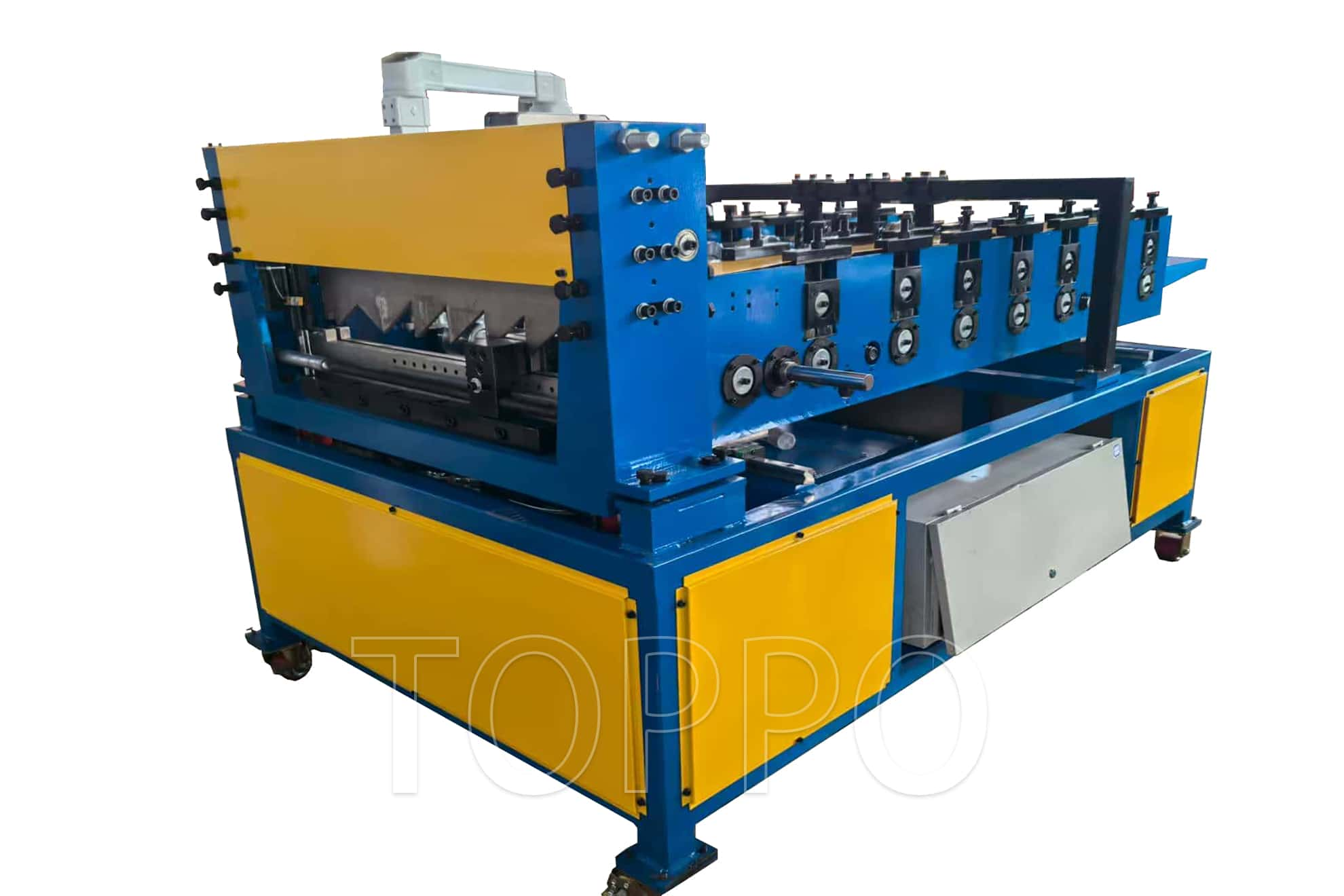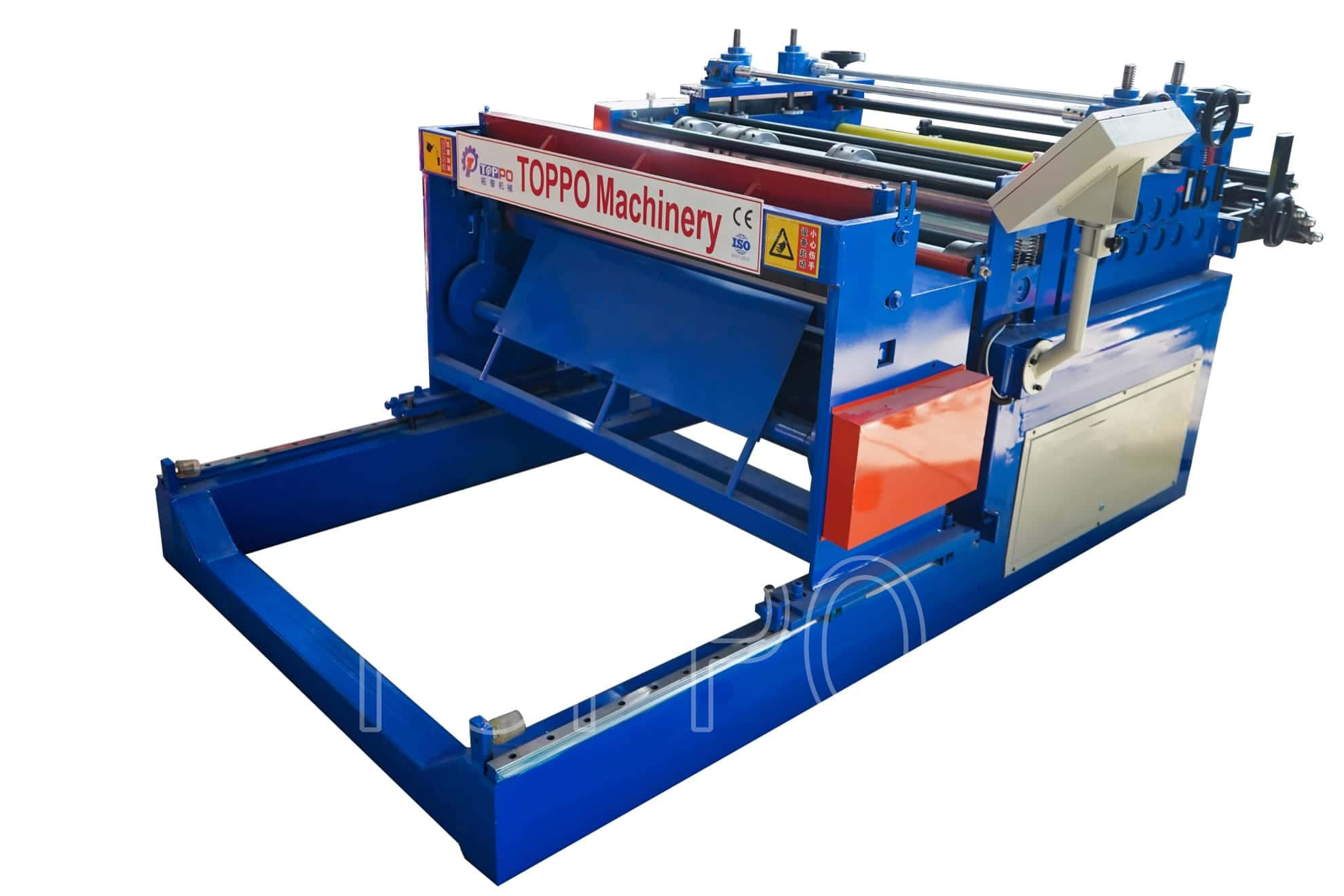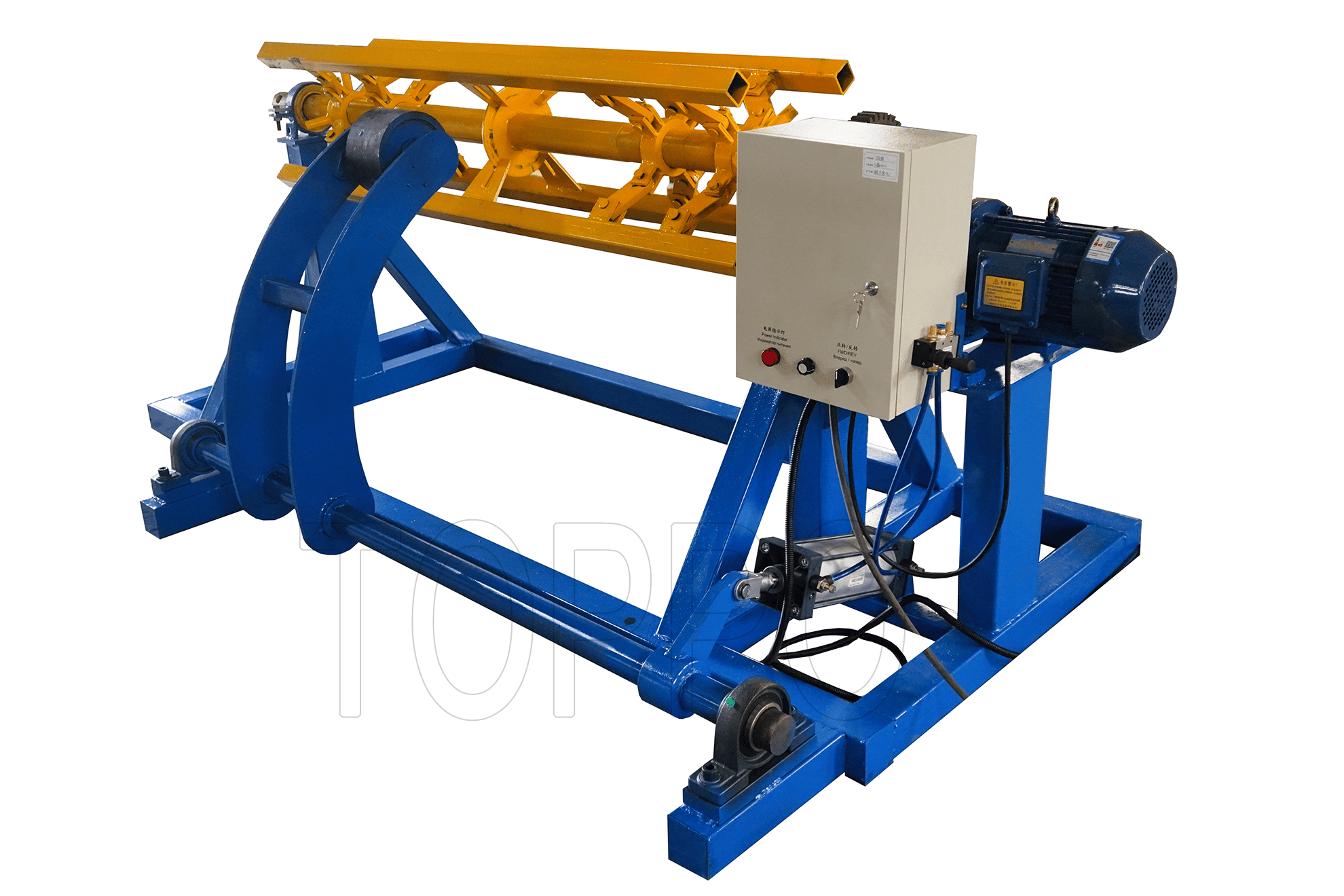- Trapezoidal Machine
- Corrugated Machine
- Glazed Tile Machine
- Double Layer Machine
- CZU Purlin Machine
- Ridge Cap Machine
- Floor Decking Machine
- Rolling Door Machine
- Fence Machine
- Embossing Machine
- Standing Seam Machine
- Cut To Length And Slitting Line
- Guard Rail Machine
- Decoiler And Stacker
- Stud And Track Machine
- Gutter And DownPipe
- Curving Machine
- Cladding Panel Machine
- Corollary Equipment
Proven Setup Strategies for Quality Roofing Sheet Manufacturing
Consistent production quality starts with mastering the setup of the Automatic Tr5 Tr6 metal trapezoidal roof panel roll forming machine. Dealers must take a systematic approach to every setup step and address frequently overlooked details that impact panel output. Here, we provide in-depth guidance, highlight actionable troubleshooting tips, and share proven operator case studies.
1. Why Accurate Sheet Thickness Verification Is Essential
Never rely on supplier specs alone. Always use precision tools to verify actual thickness before loading into your roof panel making machine. Minor differences can result in defective products and costly recalls. Logging thickness values for every batch ensures traceability and accountability.
2. Setup Sequence for Reliable Machine Operation
Initial Cleaning: Remove debris and thoroughly clean rollers, guides, and blades on both roof panel making machine and trapezoidal roll forming machine.
Roller Calibration: Adjust rollers with micrometer precision for each thickness. Confirm adjustment with a test sheet.
Blade Setting: Properly gap the blade for your verified sheet thickness. Test cuts prevent rough edges and improve finish quality.
Feed Material Alignment: Align input guides, test with a short run, and monitor for deviations or twists.
3. Case Example: Preventing Profile Deformation
An operator in Eastern Europe experienced profile deformation in finished panels. Root cause analysis showed irregular cleaning routines and skipped roller checks after material changes. Standardizing pre-run cleaning and documenting all adjustments reduced their panel defects by 35% within two months.
4. Top Troubleshooting and Optimization Tips
Always perform a test run after any adjustment or cleaning.
Keep setup logs with details on thickness, roller settings, and issues found.
Regularly replace worn rollers and blades; monitor the quality of each output batch.
Through careful machine setup, vigilant sheet thickness checks, and learning from real-world operator cases, you can ensure premium results from both roof panel making machine and trapezoidal roll forming machine production lines.
SEO Keywords: Automatic Tr5 Tr6 metal trapezoidal roof panel roll forming machine, roof panel making machine, trapezoidal roll forming machine, machine setup strategy, sheet thickness verification, quality control, operator case study, production troubleshooting, machine cleaning, roller calibration, blade gap, feed alignment, metal roofing production, panel defect reduction, best practices, manufacturing log, Eastern Europe operator, process standardization, equipment maintenance, operator guide, test run, traceability, panel finish quality, panel deformation, production consistency, machine adjustment, maintenance routine, steel panel output, troubleshooting steps, operator training, setup documentation, real-world lesson, equipment inspection, process optimization, cleaning procedure, batch quality, manufacturing efficiency, machine reliability, metal sheet production, production optimization, operator experience, sheet thickness log
READ MORE:



